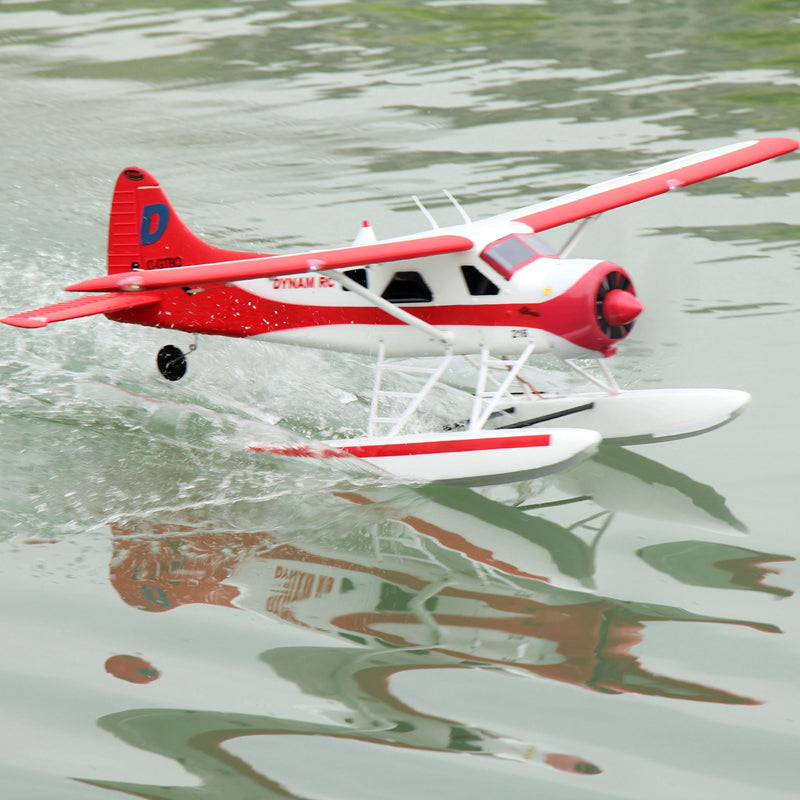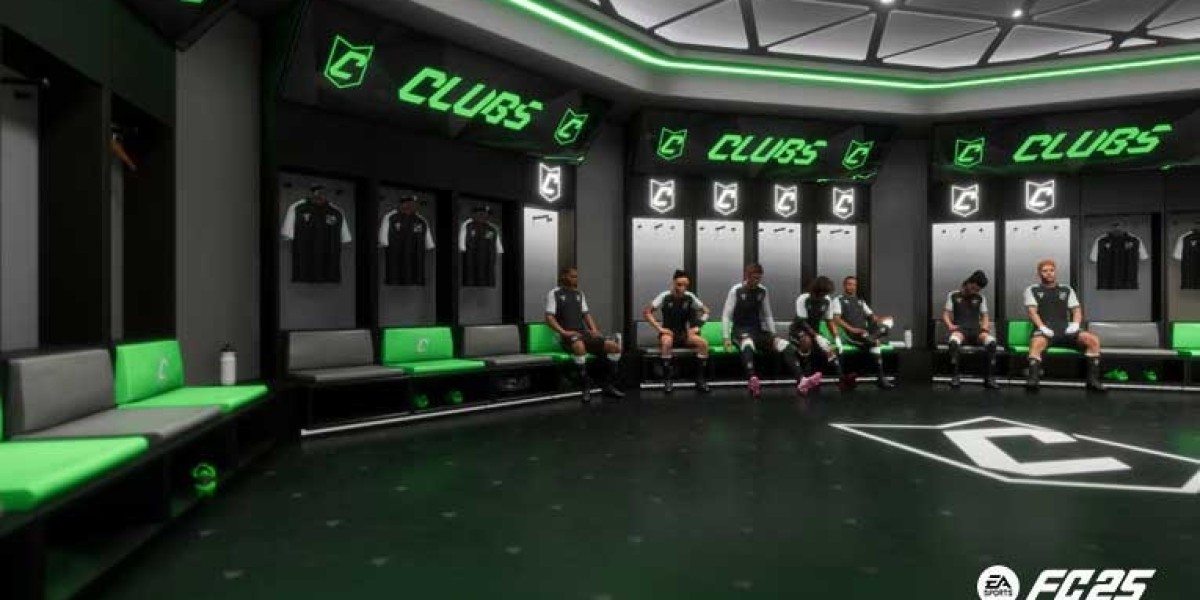Remote control (RC) seaplanes represent a fascinating intersection of aviation and watercraft, offering enthusiasts a unique way to experience the thrill of flight and the serenity of water. With their distinctive designs and operational capabilities, these models have become increasingly popular among hobbyists and are a significant segment of the RC aircraft market. In this blog, we will explore the fundamentals of RC seaplanes, their operational mechanics, popular models, and the role of manufacturers like Dynam in shaping this exciting niche.
Understanding RC Seaplanes
RC seaplanes are aircraft designed to take off and land on water. Unlike traditional land-based planes, which rely on runways, seaplanes utilize floats or hulls to achieve buoyancy. This allows them to operate from various water surfaces, including lakes, ponds, and even the ocean. The versatility of seaplanes opens up numerous flying locations, adding to their appeal.
Key Components of RC Seaplanes
Floats vs. Hulls:
- Floats: Many RC seaplanes use pontoons or floats, which are attached to the aircraft's fuselage. These floats provide stability and buoyancy, enabling the plane to take off and land safely on water.
- Hulls: Some seaplanes, often referred to as "flying boats," feature a hull design that is streamlined for both flying and floating. This design can enhance performance and aesthetics but may require more skill to maneuver.
Wings and Stability: The wing design of an RC seaplane is crucial for its flying capabilities. High-wing configurations are common, providing stability during flight and landing. Wing placement also influences the aircraft's center of gravity, affecting its overall handling.
Control Systems: Modern RC seaplanes come equipped with advanced control systems, including electronic speed controllers (ESCs), servos, and often telemetry systems. These components allow for precise maneuverability, making it easier for pilots to navigate both in the air and on the water.
The Aerodynamics of Seaplanes
Understanding the aerodynamics involved in seaplane operation is essential for both enthusiasts and aspiring pilots. The principles of lift, drag, and thrust apply as they do with conventional aircraft, but there are additional factors to consider due to the unique nature of takeoff and landing on water.
Lift Generation
The wings of an RC seaplane generate lift as air flows over them. The shape and angle of attack of the wings play a vital role in this process. When the plane speeds up on the water, the wings create enough lift to overcome the gravitational pull, allowing the aircraft to take off. This is known as "water takeoff," which can require more distance compared to land takeoffs due to the added resistance of water.
Drag Considerations
When transitioning from water to air, RC seaplanes experience increased drag due to water resistance. This drag can affect the plane's takeoff performance and requires careful throttle management. Pilots must understand how to balance speed and lift to achieve a successful takeoff.
Stability in Water and Air
Stability is a key factor when operating RC seaplanes. On water, the floats or hull must provide enough buoyancy to keep the aircraft upright. In the air, the wings and fuselage must maintain a stable flight profile. Pilots need to be aware of how weight distribution and center of gravity influence stability both on the water and in the air.
The Thrill of Operation
Flying an RC seaplane offers a unique thrill compared to traditional RC aircraft. Pilots get to experience the dual excitement of taking off from water and the challenge of landing on it. However, operating a seaplane does require a different skill set. Here are some tips for getting started:
Choosing the Right Environment: Look for calm waters, free of obstacles. Wind conditions are also crucial; beginners should avoid flying in strong winds until they gain more experience.
Pre-flight Checks: Ensure that all components are functioning correctly before takeoff. Check the battery, control surfaces, and floats or hull for any damage.
Takeoff Techniques: Start with gradual throttle application. Maintain a steady hand on the controls, allowing the plane to gain speed before lifting off.
Landing Approaches: Practice your landing techniques, keeping in mind the effects of water resistance. Aim for a smooth touchdown, and be ready to counter any sudden shifts in buoyancy.
Popular RC Seaplane Models
Several manufacturers produce high-quality RC seaplanes, catering to different skill levels and preferences. One noteworthy brand in this domain is Dynam, known for its commitment to quality and performance.
Dynam's Contribution to RC Seaplanes
Dynam is a well-regarded name in the RC community, offering a variety of models that appeal to both beginners and experienced pilots. Their seaplanes are praised for their robust construction, realistic designs, and ease of assembly. One standout model is the Dynam PBY Catalina.
Dynam PBY Catalina
The Dynam PBY Catalina is a prime example of a classic seaplane brought to life in the RC world. This model captures the charm of the iconic amphibious aircraft used during World War II and beyond. With its distinctive twin-engine design and retractable landing gear, the PBY Catalina offers a unique flying experience.
- Features: The PBY Catalina comes equipped with powerful brushless motors, allowing for impressive flight performance. Its large wingspan provides stability and lift, making it suitable for both beginners and advanced pilots.
- Ease of Use: The PBY is designed for straightforward assembly and setup, often coming ready-to-fly (RTF). This makes it accessible for those new to the hobby while still being engaging for seasoned pilots.
- Versatility: With the capability to operate on water and land, the PBY Catalina provides versatility that few models can match. This makes it an excellent choice for various flying environments.
Benefits of Choosing Dynam Models
Dynam models are typically user-friendly, making them ideal for novice pilots who may be intimidated by the complexities of RC seaplane operation. Many models come ready-to-fly (RTF) or as plug-and-play (PnP), which simplifies the setup process. Additionally, Dynam's customer support and community resources can assist pilots in troubleshooting and improving their flying skills.
Conclusion
RC seaplanes provide a unique and exhilarating way to experience the joys of flight and watercraft. With their specialized designs, understanding of aerodynamics, and the thrill of operation, these models have carved out a special place in the hearts of hobbyists. Brands like Dynam continue to innovate and support this community, making it easier than ever to get started. Whether you’re a beginner looking to take your first flight or an experienced pilot seeking new challenges, the world of RC seaplanes awaits you. So grab your gear, find a calm body of water, and prepare for an unforgettable flying experience!









